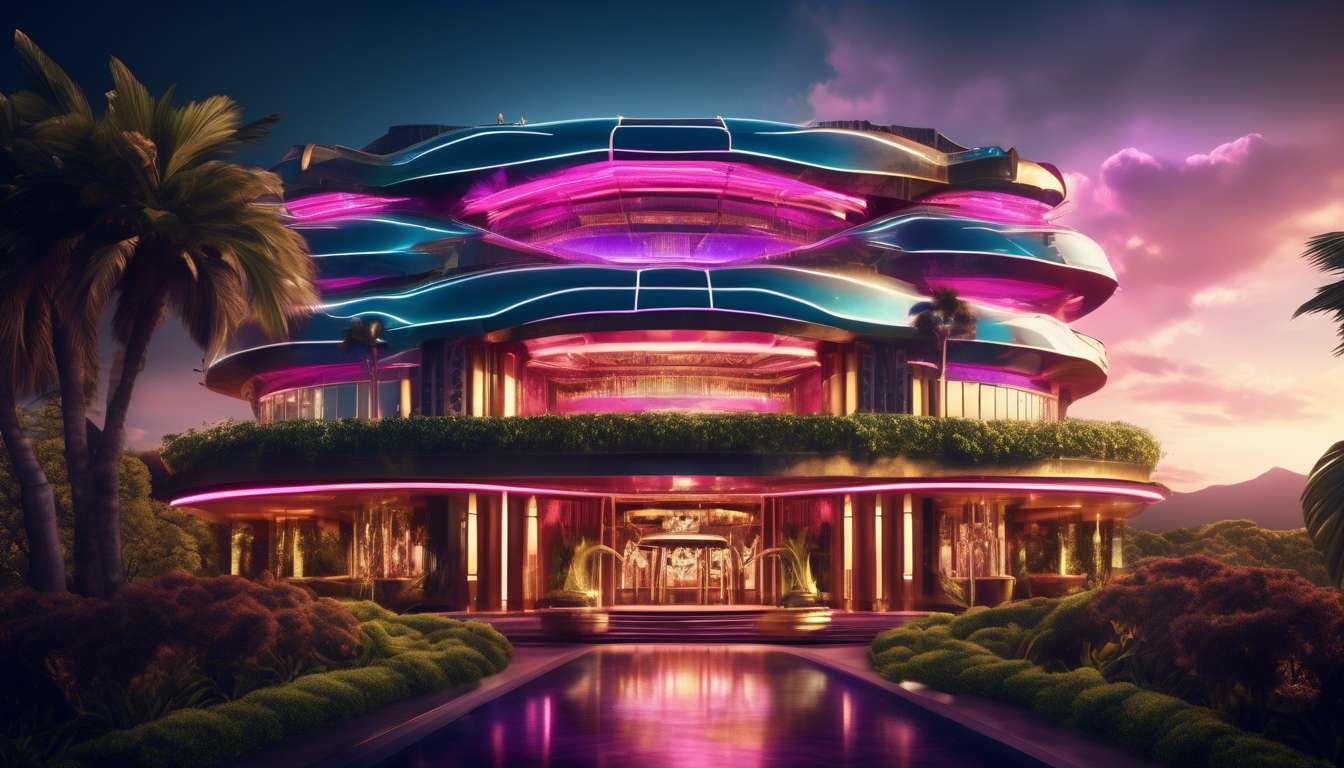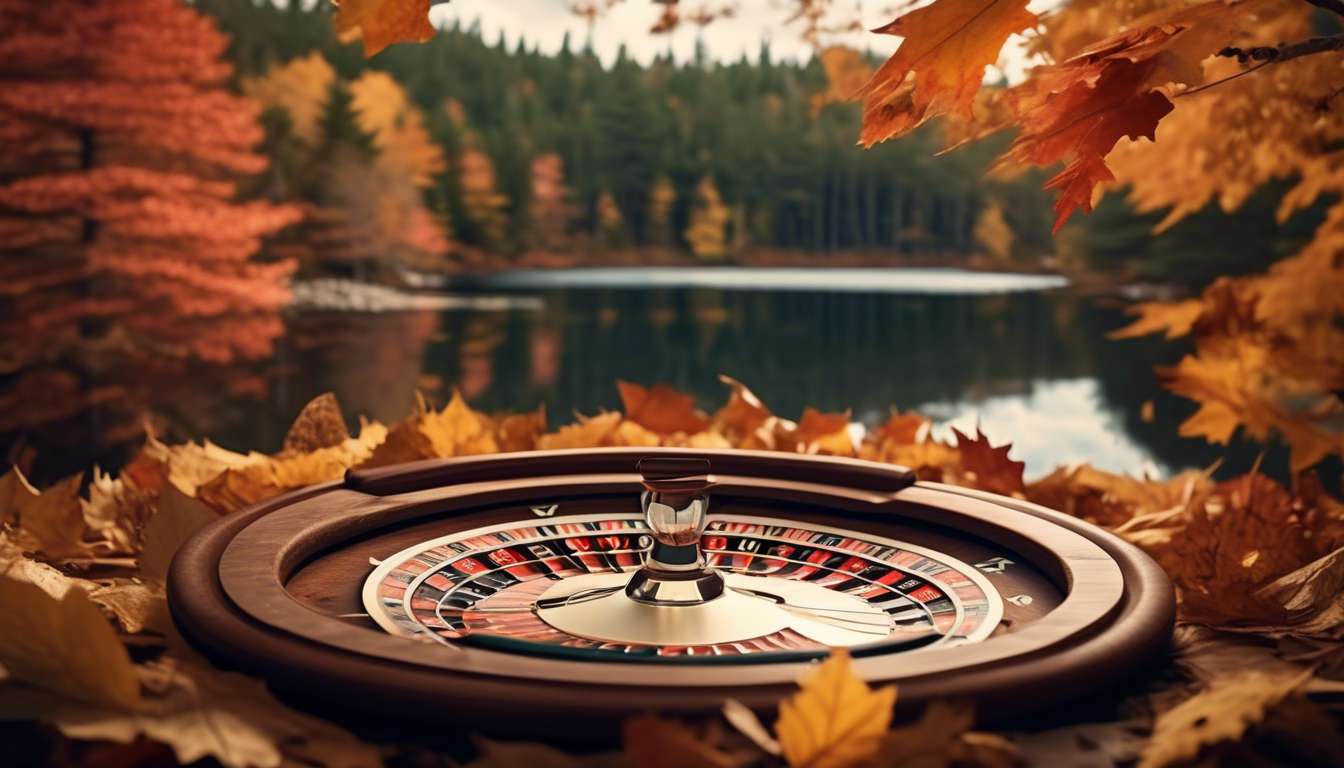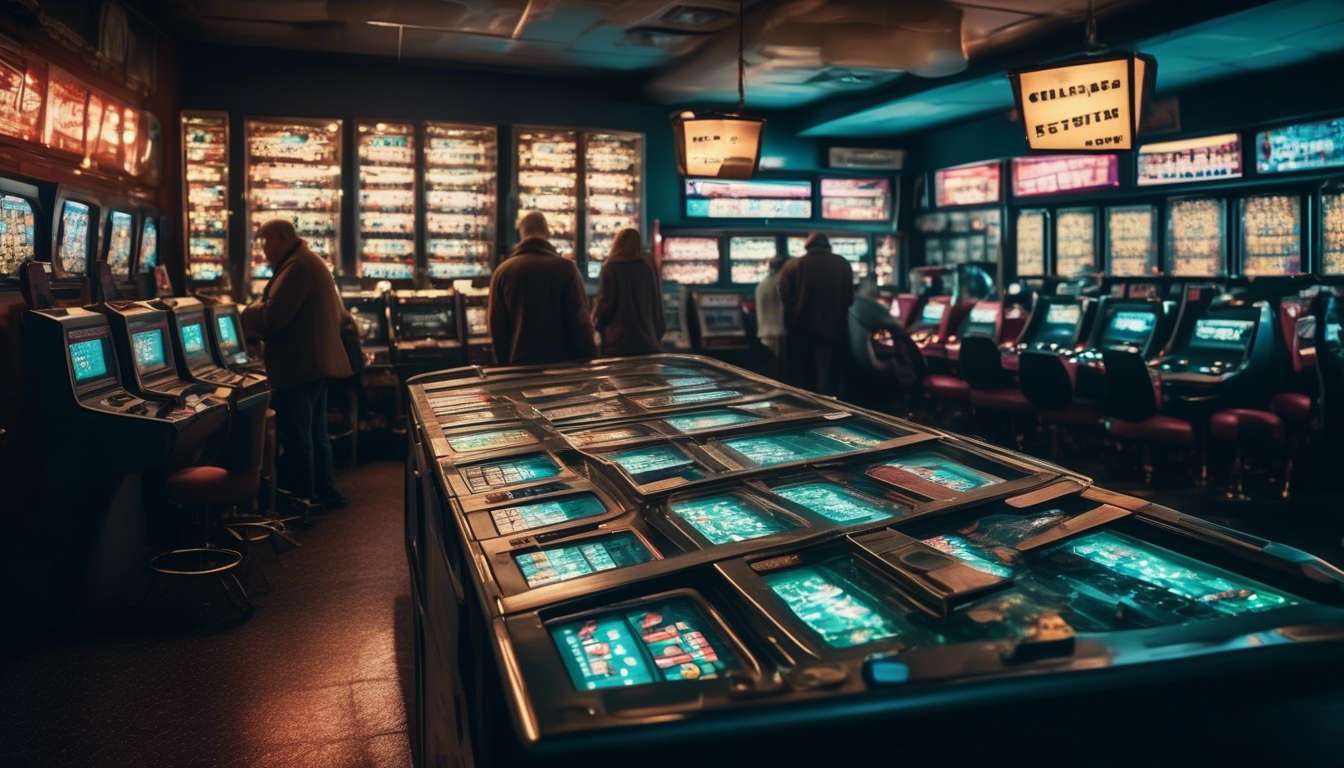As we stand at the crossroads of art, culture, and entertainment, the Australian Museum of Old and New Art (MONA) presents us with a compelling narrative of transformation.
Nestled in the vibrant landscape of Hobart, MONA has long been a beacon for those seeking the avant-garde and the audacious in the art world. Now, a new chapter unfolds as we contemplate its potential metamorphosis into a casino.
Together, we find ourselves pondering the implications of such a shift. Will it:
- Enhance our engagement with contemporary art?
- Overshadow the museum’s original intent?
As we delve deeper into this possibility, we must consider the voices of both the art community and the wider public.
What does this transformation mean for the cultural fabric of Tasmania, and how might it redefine our experience of MONA?
Join us as we explore the exciting, yet challenging, prospects of this unique evolution.
Historical Significance of MONA
The Museum of Old and New Art (MONA) has revolutionized the cultural landscape of Hobart, becoming a vital part of Tasmania’s identity. It has transformed into a beacon for art lovers and curious minds alike, drawing people from all over the world to our little corner of Australia.
MONA isn’t just a museum; it’s an experience that connects us with each other and our shared heritage. Through its innovative approach, MONA has cleverly balanced commercialization and the allure of tourism without losing its essence.
- It’s a place where we gather, explore, and engage with both contemporary and historical art.
- This unique blend has made MONA a significant player in putting Hobart on the international map.
- It fosters a sense of pride and belonging within our community.
As we stroll through its halls, we’re reminded of how MONA’s presence has elevated our cultural identity, making us feel part of something bigger and more profound.
Evolution of MONA’s Identity
Over the years, we’ve witnessed a dynamic transformation in how MONA defines itself, continually pushing the boundaries of art and engagement. It started as a bold experiment in merging old and new art, capturing both our imaginations and hearts.
As MONA evolved, it embraced commercialization without losing its avant-garde spirit, appealing to both seasoned art lovers and curious newcomers. This evolution wasn’t just about art—it was about creating a space where we all feel connected, fostering a sense of community.
Tourism has played a crucial role in MONA’s journey. By attracting visitors from across the globe, MONA has not only boosted Tasmania’s economy but also fostered a sense of belonging among its diverse audience. Each visitor becomes part of MONA’s story, contributing to its ever-changing identity.
As we look to the future, the potential casino proposal signals yet another shift, challenging us to consider how MONA can continue to redefine its place in our shared cultural landscape.
Implications for Art Community
The proposed casino at MONA has sparked a lively debate among the art community about its potential impact on the museum’s cultural integrity and artistic mission. As artists and enthusiasts, we worry that commercialization might overshadow the creative spirit that defines MONA.
It’s crucial for us to ensure that the unique character of MONA, which has always been a haven for innovative and thought-provoking art, doesn’t get diluted by the allure of tourism-driven profits.
We must ask ourselves: Can MONA maintain its avant-garde reputation while embracing this new venture?
While increased tourism could bring more visitors and potential art enthusiasts, we fear it might shift focus from art to entertainment, altering the museum’s core identity. This change could affect the experiences of both artists and audiences, who value MONA’s distinct approach to art curation.
As a community, we need to engage in open dialogue to safeguard the essence of what makes MONA special.
Public Perception and Concerns
Many in the public are voicing concerns about how the casino proposal might change the perception of MONA and its role within the community. We worry that the unique identity of our beloved museum could be overshadowed by commercialization.
As a community, we cherish the cultural and artistic value that MONA brings to our region. The introduction of a casino might shift the focus from art and culture to gambling and entertainment, potentially diluting the museum’s essence.
We’re also apprehensive about how this change could affect our sense of belonging.
- MONA has always been a place where we gather to appreciate creativity and innovation in a meaningful way.
- If tourism becomes the primary focus, it might alter the intimate connection we feel with the museum.
It’s important for us to consider how we can preserve MONA’s core identity while exploring new avenues for growth.
Our voices matter, and we should ensure they’re heard in this discussion.
Impact on Tourism and Economy
Assessing the Casino Proposal for Economic Growth and Tourism
We should assess how the casino proposal could boost local tourism and stimulate economic growth in our region. By transforming MONA into a dynamic destination, we could attract a diverse group of tourists eager to experience a unique blend of art and entertainment.
Attracting a Diverse Tourist Base
The addition of a casino might cater to both art enthusiasts and those seeking vibrant nightlife, making our community an appealing spot for visitors worldwide.
Economic Benefits
- Commercialization of MONA could lead to increased spending in nearby businesses, from hotels to local shops, benefiting our economy.
- A rise in tourism would likely create new jobs, offering residents more opportunities and strengthening our local workforce.
- We’d see the positive ripple effects as our community bonds over the shared goal of prosperity.
Innovative Tourism Models
Moreover, by positioning MONA as a dual attraction, we could set a precedent for innovative tourism models. Let’s come together, embracing this potential transformation to enhance our cultural and economic landscape.
Regulatory and Legal Considerations
Regulatory and Legal Considerations
As we explore the regulatory and legal considerations, we must ensure compliance with local laws and work closely with government bodies to address any potential challenges.
The transformation of MONA into a casino requires navigating Tasmania’s stringent gaming regulations, ensuring the project aligns with both state and federal requirements.
Engagement with Policymakers
We must engage with policymakers to understand the intricacies of:
- Casino licensing
- Zoning laws
- Community impact assessments
Community and Transparency
Our collective efforts will not only uphold the legal framework but also foster a sense of community belonging as we aim for transparency throughout the process.
The commercialization aspect must harmonize with MONA’s existing reputation, ensuring that tourism and local culture are enhanced rather than compromised.
Legal Structure and Community Interests
By working together, we can create a legal structure that supports MONA’s evolution while respecting the diverse interests of our community.
As we venture into this new chapter, our commitment to navigating legal landscapes with integrity will be crucial for the project’s success.
Cultural Preservation vs. Commercialization
Balancing Cultural Preservation with Commercialization
Balancing cultural preservation with the drive for commercialization demands our focused attention to maintain MONA’s unique artistic allure while exploring new revenue avenues. As a community, we must ensure that MONA continues to be a beacon of creativity and innovation.
Exploring Commercial Opportunities
The potential shift towards commercialization, such as developing a casino, presents both opportunities and challenges. We need to weigh these carefully, considering how such changes might impact MONA’s identity and its cultural significance.
Tourism’s Role in MONA’s Success
Tourism plays a crucial role in MONA’s success, attracting visitors from across the globe eager to experience its distinctive blend of old and new art. However, commercialization must not overshadow the museum’s core mission.
Achieving a Harmonious Balance
We’re tasked with finding a harmonious balance that respects MONA’s essence while embracing new possibilities. By fostering inclusive dialogue and collaboration, we can safeguard MONA’s future, ensuring it remains a vibrant cultural landmark that resonates with both locals and tourists alike.
Prioritizing Heritage and Sustainable Growth
Let’s prioritize our shared heritage while welcoming sustainable growth.
Future Prospects and Challenges
Navigating the future of the Museum of Old and New Art (MONA) involves addressing the dual challenges of preserving its cultural integrity while embracing innovative growth opportunities.
Key Considerations:
Preserving Identity:
- It’s crucial to maintain MONA’s identity as a cultural beacon, especially when considering its potential transformation into a casino.
- Ensure that commercialization doesn’t overshadow the museum’s artistic essence.
Community Connection:
- The sense of connection MONA fosters within the community is vital.
- It’s essential to preserve this connection and not lose it amidst changes.
Tourism’s Role:
Tourism plays a vital role in MONA’s future by offering:
- Financial stability
- Broader exposure
However, this must be balanced with a commitment to cultural richness, ensuring that visitors experience more than just entertainment.
Stakeholder Responsibilities:
- Craft a vision that respects MONA’s roots while exploring new avenues for growth.
- Engage with the community through transparent dialogue.
- Navigate challenges thoughtfully to ensure MONA remains a cherished landmark for future generations.
By focusing on these aspects, MONA can successfully balance growth with the preservation of its cultural essence.
Conclusion
In conclusion, the potential transformation of the Australian Museum of Old and New Art into a casino raises significant questions about the balance between cultural preservation and commercial interests.
The evolution of MONA’s identity and its impact on various sectors must be carefully considered:
- Art community: Assessing how the change might affect artists, exhibitions, and cultural perceptions.
- Tourism: Evaluating whether the casino could attract more visitors or deter those interested solely in art.
- Economy: Weighing the financial benefits against potential cultural costs.
Public concerns are growing, necessitating careful navigation of:
- Regulatory and legal challenges: Ensuring compliance with laws and addressing any legal obstacles.
- Maintaining historical significance: Preserving MONA’s cultural heritage even as new commercial ventures are explored.
Ultimately, these factors will be crucial for MONA’s future prospects.




